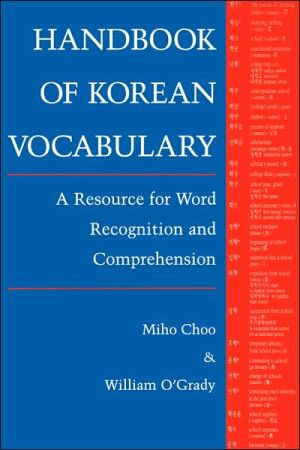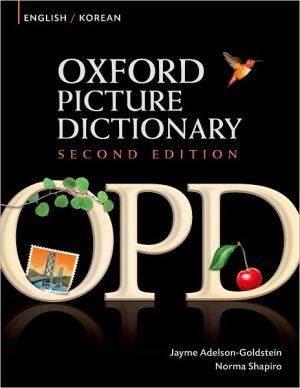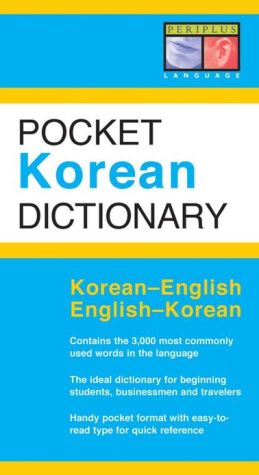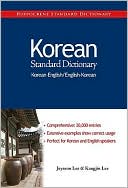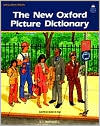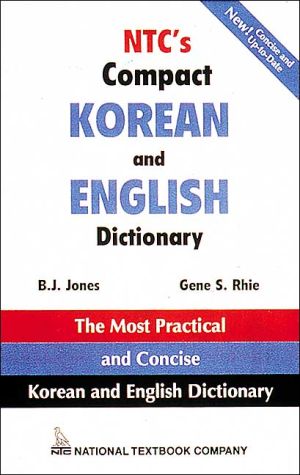Handbook of Korean Vocabulary: A Resource for Word Recognition and Comprehension
Vocabulary learning is the single most important component of second-language acquisition. In cases where the second language is unrelated to the learner's native tongue, this task presents special challenges because there are typically few clues in a word's form to assist in learning and remembering its meaning. The Handbook of Korean Vocabulary offers a solution to this problem for students of Korean. The Handbook is the first ever "root dictionary" of Korean designed for second-language...
Search in google:
Vocabulary learning is the single most important component of second-language acquisition. In cases where the second language is unrelated to the learner's native tongue, this task presents special challenges because there are typically few clues in a word's form to assist in learning and remembering its meaning. The Handbook of Korean Vocabulary offers a solution to this problem for students of Korean. The Handbook is the first ever "root dictionary" of Korean designed for second-language learners. Useful for students at all levels, it contains more than 1,500 vocabulary lists consisting of words built from a shared root. These lists offer a unique and efficient way for students to acquire new words. Upon encountering a word, students can consult the lists for its component roots and discover many other semantically related words built from the same elements. The Handbook consists of two sections, the first presenting roots of Chinese origin and the second containing native Korean roots. Within each section, lists are arranged with respect to each other in alphabetic order as determined by the Korean spelling of the root morpheme. Each list begins with the relevant root written in Korean script together with its Chinese character (if there is one) and its English translation. As indicated in the following example, the entries for individual words within a list include information about each item's colloquial interpretation, the literal meaning of its component parts, and (for the sake of advanced students and those who know Japanese or Chinese) the Chinese characters used to write it. An introduction provides an overview of Korean vocabulary and detailed instructions on how to use the word lists. A pronunciation guide outlines the major principles determining the pronunciation of compounds and other multipart words in Korean. The Handbook will be of value not only to teachers and students of the Korean language, whose number is growing each year, but to native
